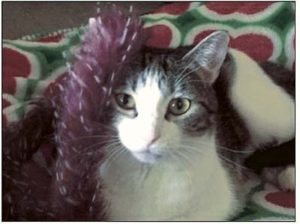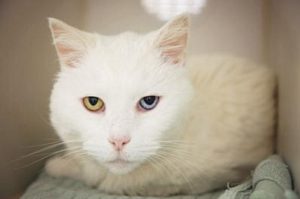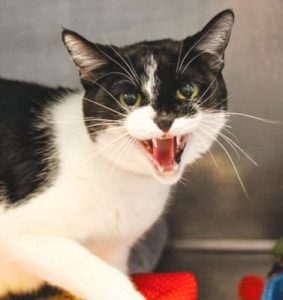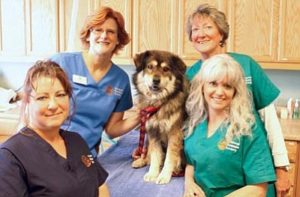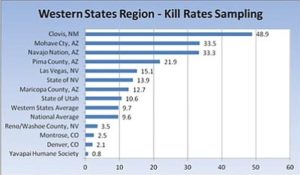In 2014 the Yavapai Humane Society (YHS) had already assembled a high functioning Board of Directors. The seven member team had catapulted the organization into national prominence by effectively ending the use of euthanasia (killing) of dogs and cats as a means for controlling pet overpopulation in a region comprised of rural and urban communities. Our stats were impressive — making us the safest community in the US for dogs and cats.
The combination of success and growth was the impetus for the Board to reach out to Charas Consulting for guidance in adding two new members to the Board of Directors. The Board needed to grow but did not want to risk degrading its effectiveness by inadvertently selecting candidates who could or would not add value to the Board’s vision, direction and accomplishments. There were five highly qualified candidates.
Dr. Charas’ assessment was applied to the team of seven Board Directors and the five candidates. The assessment measured perceptions of current and ideal behaviors; and found, not surprisingly, a tight alignment of current and ideal board member characteristics and values. The survey of the five applicants identified potential misalignment in two candidates and strong reinforcing alignment in three candidates.
With Dr. Charas guidance we saw that we were a powerful Board of individuals who, because of our trust in each other, could play with the synergy we created by our openness to the whole. This confidence, supported by our understanding of Charas’ assessment, emboldened us to enroll the three aligned candidates rather than comfortably restricting ourselves to the insecure decision to take on no more than two candidates.
The Results
Our confidence in ourselves as a Board and our relationship with our Executive Director and management team soared to new levels. We shifted from aspiration to inspiration – we were no longer subject to exogenous growth but had become captains of our own endogenous development.
Not only did we notice this shift in ourselves, but organizations from coast to coast recently began to contact YHS to ask for help replicating our life-saving programs in their communities; even organizations in Israel asked for help.
With Dr. Charas’ assistance we were seeing a new “way of being” emerge that started to attract new and more effective Board members and employees. One Foundation substantially increased a grant beyond what we asked stating they wanted to be seen partnering with and supporting YHS because we were a model for generously sharing expertise.
Concurrent with the above success, YHS received both Charity Navigator and Guidestar’s highest rating for transparency and fiscal responsibility, increased revenue over 30%, significantly expanded its mission to include equines, launched a capital campaign; and enrolled local municipalities into transparent contract negotiations for animal control services in a manner that transformed our relationship from service provider to partners.
In summary, YHS has shifted its focus from doing great things locally to being inspired by a Noble Cause – elevating our mission from a regional response to a local need to generously and profoundly impacting the cultures of other organizations and communities through sharing not only what we know, but who we are.
The context in which we now function has changed radically in just six months thanks to the empowering conversation, commitment and coaching of Dr. Charas.
